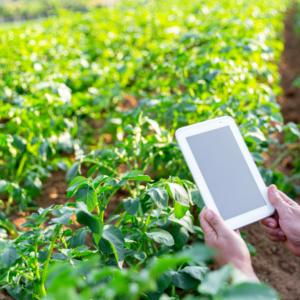Increasing crop yield sustainably is crucial for meeting the global demand for food without compromising the health of our environment.
By adopting practices that enhance productivity while protecting natural resources, farmers can ensure the longevity of their land and contribute to a more resilient agricultural system.
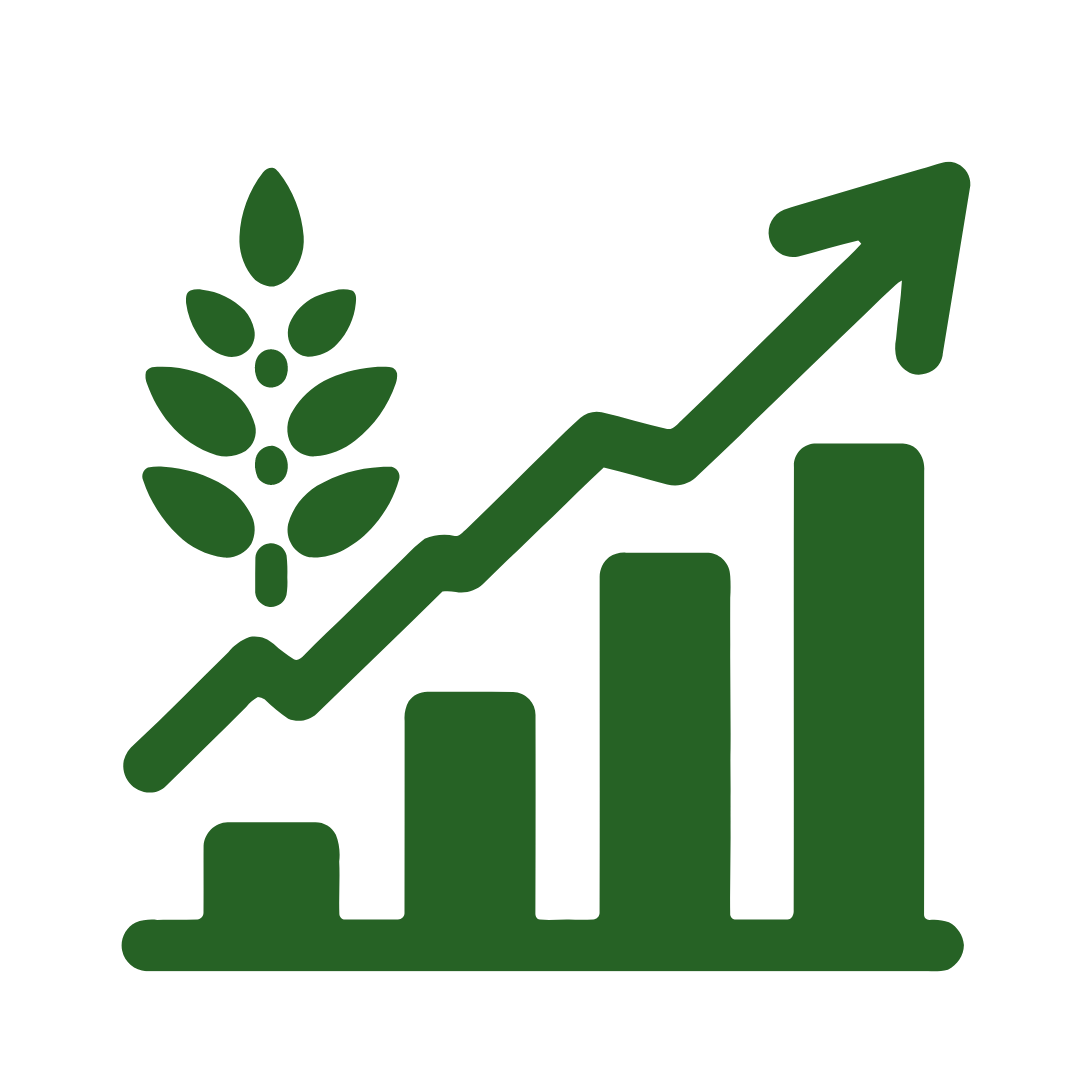
In this post, we’ll explore five proven methods to boost crop yield sustainably.
1. Implementing Crop Rotation and Diversity
The Importance of Crop Rotation
Crop rotation is one of the oldest and most effective methods for improving soil health and crop yield. By alternating the types of crops grown in a specific area, farmers can prevent the depletion of specific nutrients in the soil.
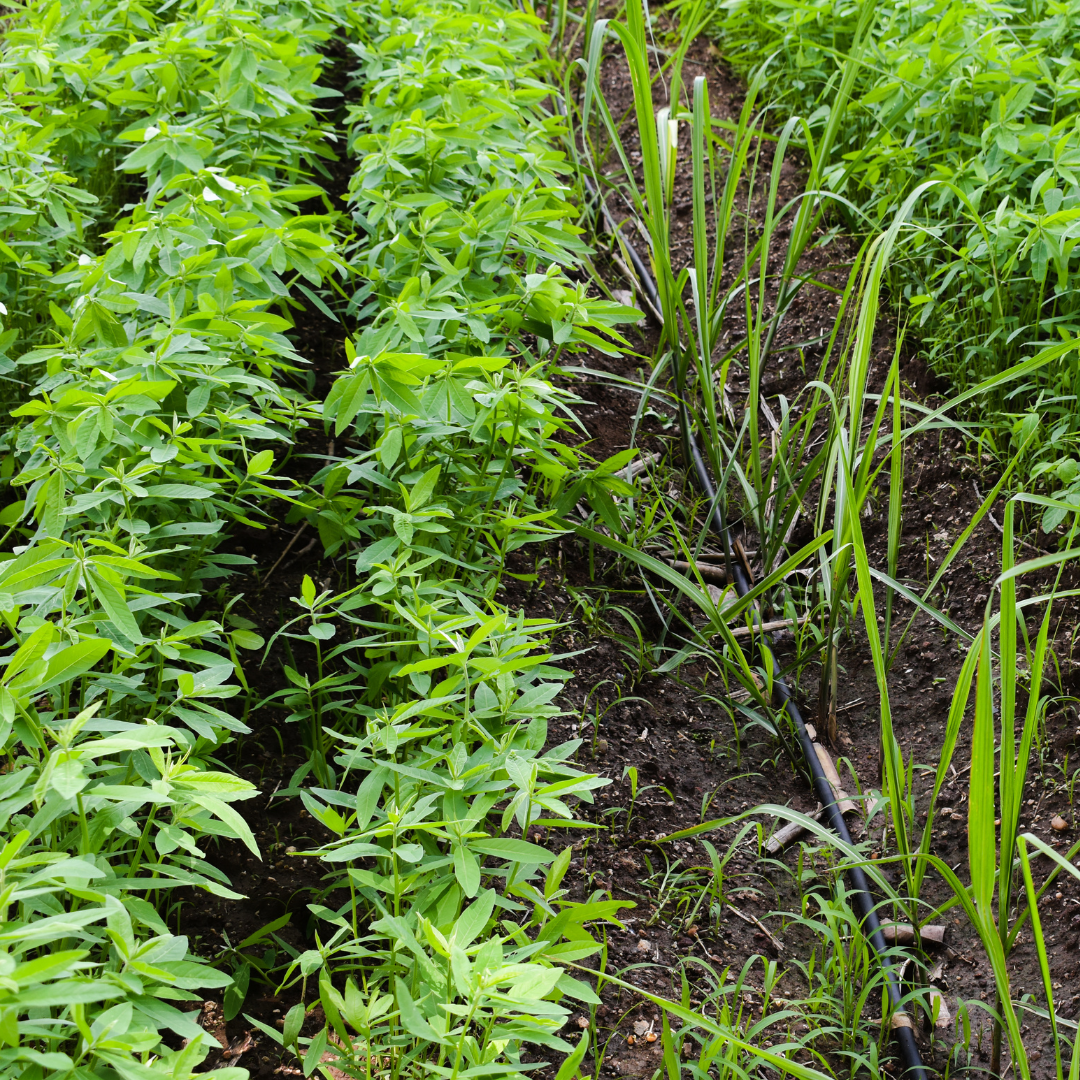
For instance, planting legumes like beans or peas, which fix nitrogen in the soil, after a cereal crop such as wheat or corn can naturally replenish nitrogen levels.
This reduces the need for chemical fertilizers, which can harm the environment.
Diversifying Crop Varieties
Growing a diverse range of crops instead of relying on a single crop variety can improve soil structure, reduce pest and disease outbreaks, and promote biodiversity.
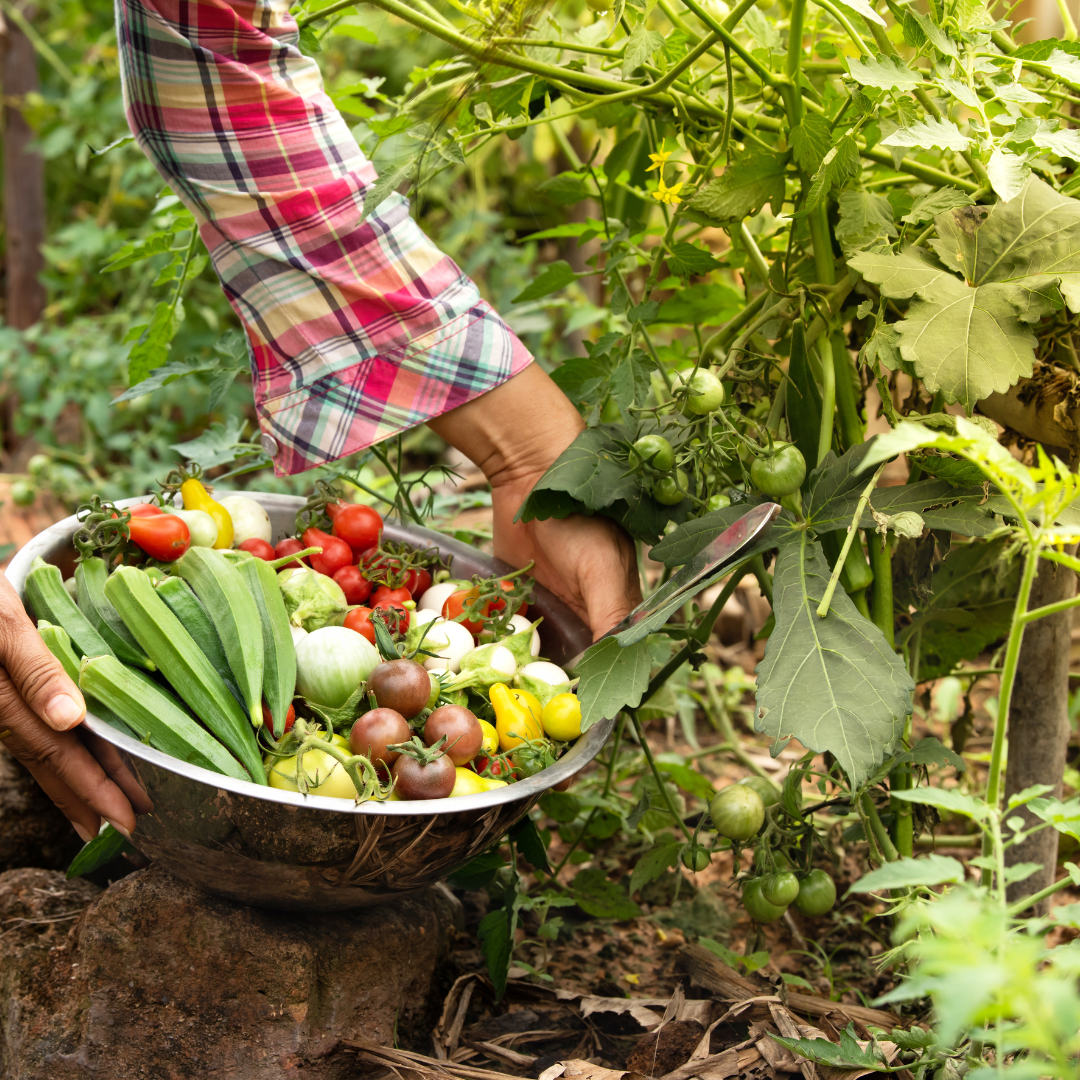
A diverse cropping system mimics natural ecosystems, making it more resilient to adverse weather conditions and market fluctuations.
This approach not only boosts yield but also contributes to the sustainability of farming practices.
2. Adopting Precision Farming Techniques
What is Precision Farming?
Benefits of Precision Agriculture
Implementing precision farming techniques leads to more efficient use of resources, which can significantly increase crop yield.
For example, instead of applying the same amount of fertilizer across an entire field, precision farming enables targeted application where it’s needed most.
This reduces costs and prevents the overuse of chemicals that can lead to soil degradation and water pollution.
3. Using Organic and Biofertilizers
The Role of Organic Fertilizers
Organic fertilizers, such as compost and manure, are derived from natural sources and help improve soil fertility without harming the environment.
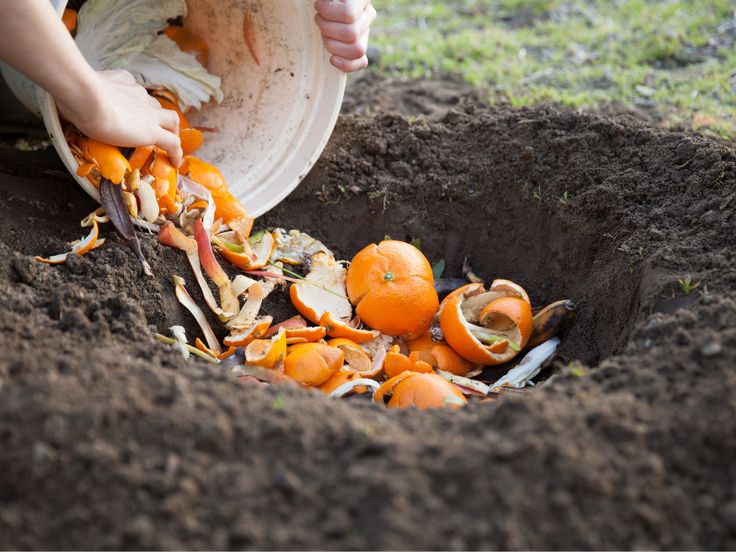
Unlike synthetic fertilizers, organic options release nutrients slowly, which improves the soil structure and increases its ability to retain water and nutrients.
This leads to healthier plants and higher yields over time.
Biofertilizers: A Sustainable Alternative
Biofertilizers contain living microorganisms that promote plant growth by increasing the availability of essential nutrients.
For example, nitrogen-fixing bacteria like Rhizobium convert atmospheric nitrogen into a form that plants can absorb, reducing the need for chemical fertilizers.
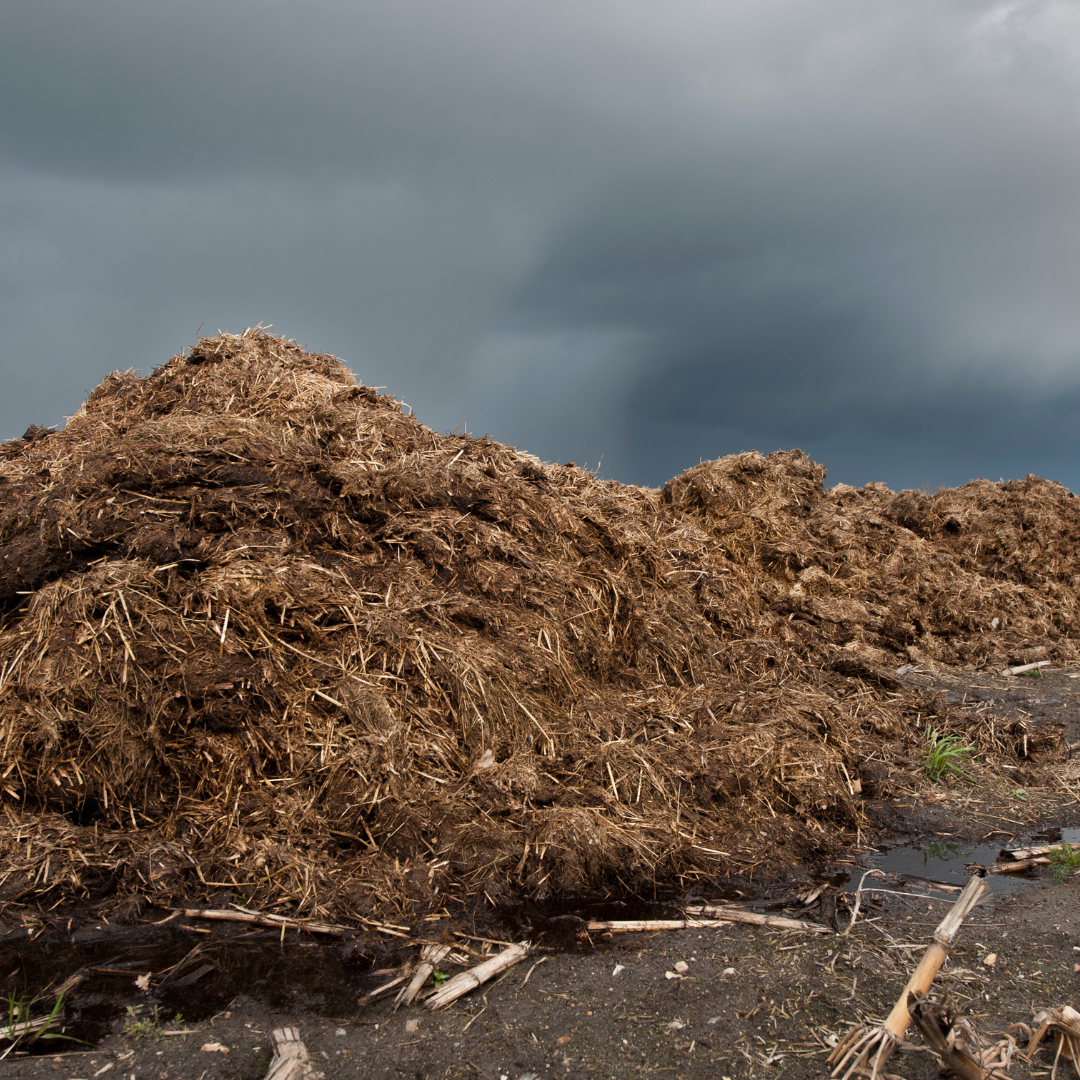
Using biofertilizers is a sustainable way to enhance crop yield while maintaining soil health.
4. Implementing Integrated Pest Management (IPM)
What is Integrated Pest Management?
Integrated Pest Management (IPM) is a holistic approach to pest control that combines biological, cultural, mechanical, and chemical methods to manage pests in an environmentally friendly way.

The goal of IPM is not to eliminate pests but to keep their populations at levels that do not cause significant harm to crops.
Practices in IPM
IPM involves several practices, such as monitoring pest populations, using natural predators like ladybugs to control aphids, and implementing crop rotation to disrupt pest life cycles.

When chemical controls are necessary, IPM encourages the use of the least toxic options and only as a last resort.
By reducing reliance on chemical pesticides, IPM helps maintain biodiversity and prevents pests from developing resistance, ensuring long-term crop health and yield.
5. Conserving Water Through Efficient Irrigation
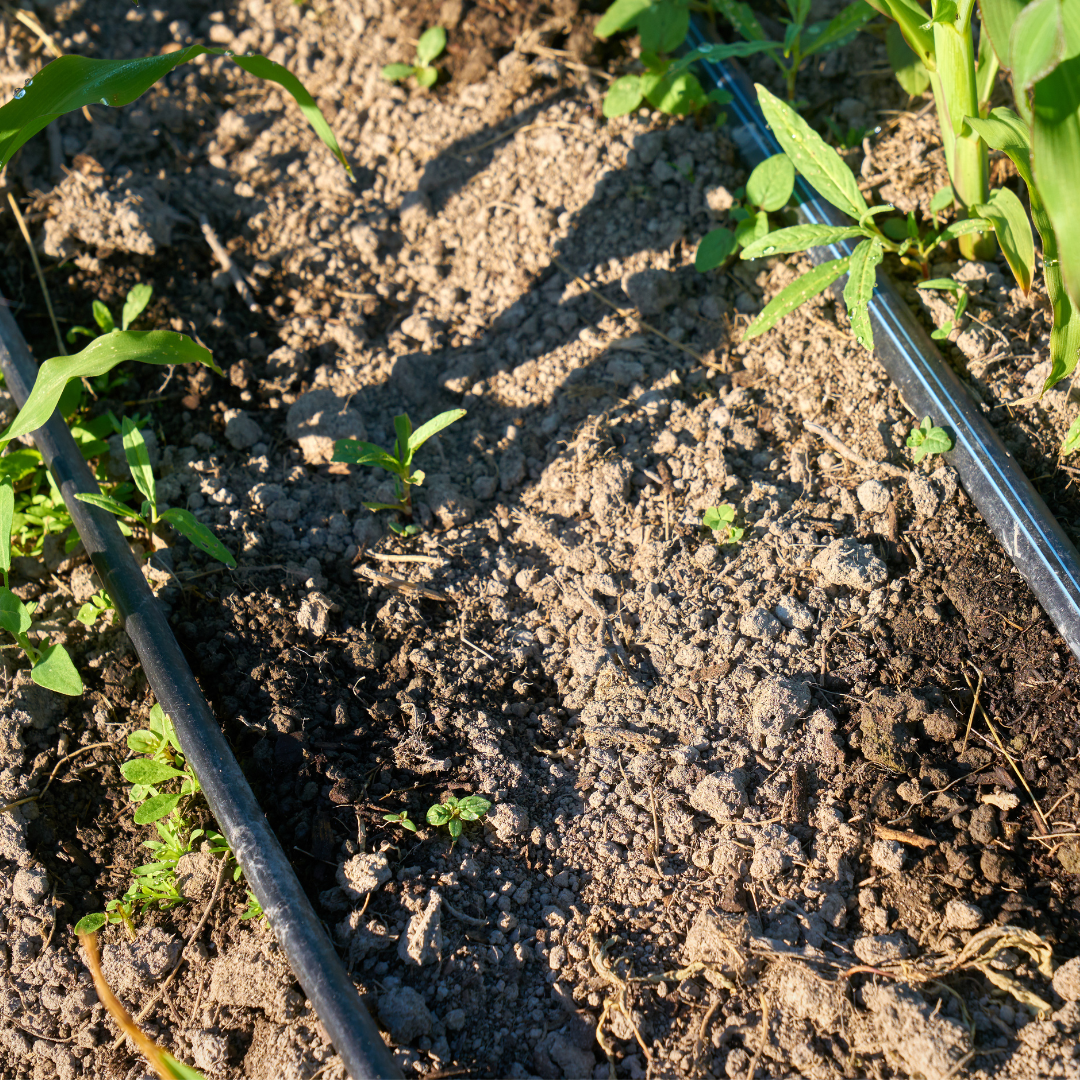
The Need for Efficient Irrigation
Water is a critical resource in agriculture, and its efficient use is essential for sustainable farming. Traditional irrigation methods often lead to water wastage through runoff and evaporation.
Adopting modern irrigation techniques can help conserve water and improve crop yields.
Drip and Sprinkler Irrigation Systems
Drip irrigation delivers water directly to the roots of plants, minimizing evaporation and ensuring that water is used where it’s needed most. Sprinkler systems, on the other hand, can be adjusted to provide uniform water distribution across the field.
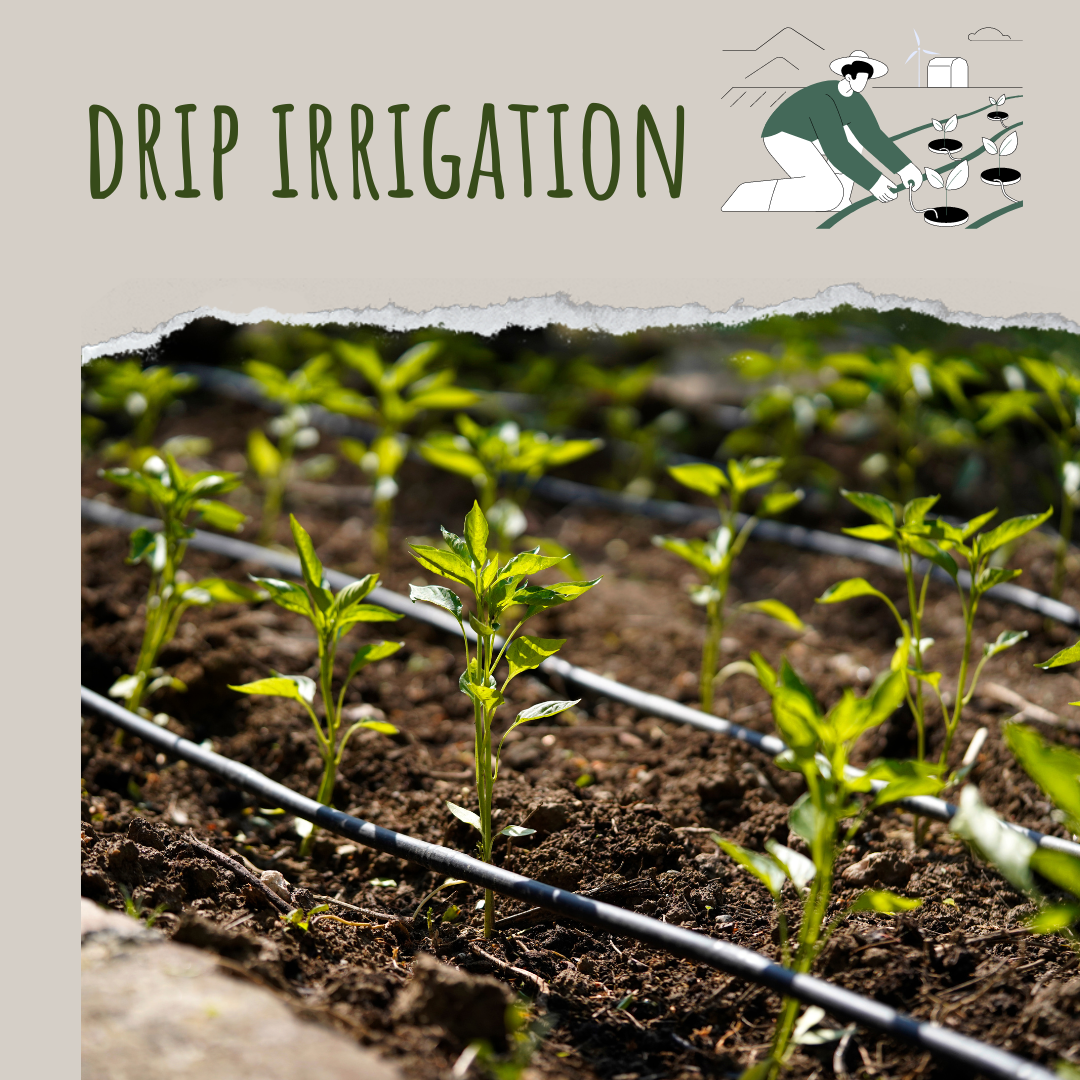
Both systems are more efficient than flood irrigation and can significantly reduce water consumption while increasing crop yield.
Rainwater Harvesting
Another sustainable practice is rainwater harvesting, where farmers collect and store rainwater for use during dry periods.
This method reduces dependence on groundwater and provides a renewable water source for irrigation, further contributing to the sustainability of farming operations.
Conclusion
Sustainably improving crop yield is not just about increasing production; it’s about doing so in a way that preserves the environment and ensures the future of farming.
By implementing crop rotation and diversity, adopting precision farming, using organic and biofertilizers, practicing integrated pest management, and conserving water through efficient irrigation, farmers can achieve higher yields while protecting the natural resources that their livelihoods depend on.
These methods benefit the environment and contribute to the economic stability and resilience of agricultural communities.
Incorporating these sustainable practices is a crucial step towards a more food-secure world, where agricultural productivity is enhanced without compromising the planet’s health.
By making informed choices and embracing innovation, farmers can play a pivotal role in building a sustainable future for all.

